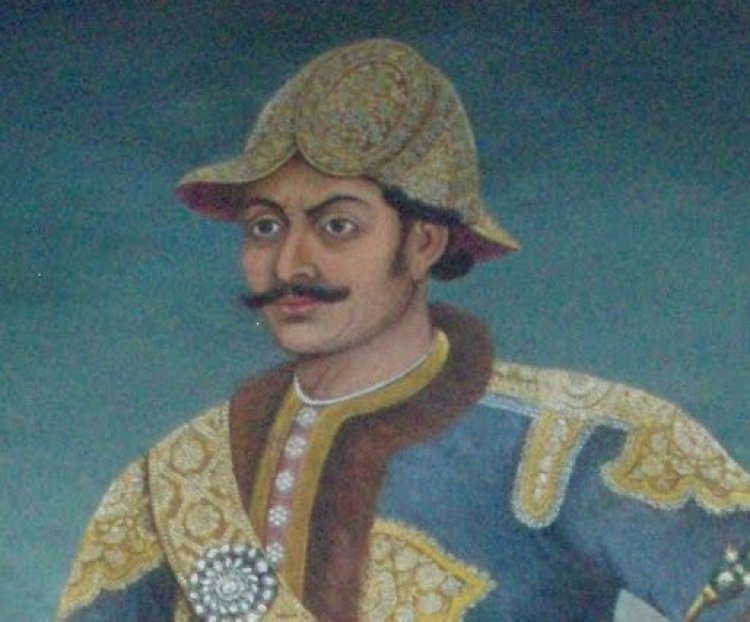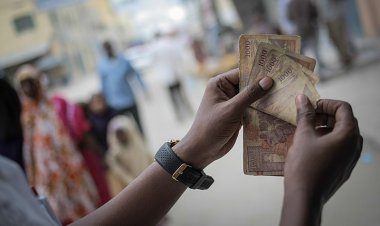Bhimsen Thapa: Architect of Nepalese Sovereignty and Modernization
Discover the legacy of Bhimsen Thapa, Nepal's first prime minister, and his impact on sovereignty, modernization, and equality. Explore his achievements and enduring historical influence.

Bhimsen Thapa, born in 1775 to a noble family in Gorkha, Nepal, emerged as a crucial figure in the country's history, playing a pivotal role in navigating Nepal through a period of transformation and geopolitical challenges. Serving as Nepal's prime minister from 1806 to 1837, Thapa's leadership left an indelible mark on the nation's sovereignty and modernization efforts.
I. Early Life and Rise to Power:
-
Birth and Background:
Bhimsen Thapa was born into a distinguished family in Gorkha, known for their service to the Shah monarchy. Intellect and Charisma:
Thapa's intelligence and charisma propelled him through the ranks of the Nepalese court, eventually leading to his appointment as prime minister in 1806.
II. Geopolitical Maneuvering:
-
British Threat:
Thapa's tenure coincided with the British East India Company's expansionist ambitions, posing a significant threat to Nepal's sovereignty. -
Balancing Act:
Bhimsen Thapa employed skillful diplomacy, maintaining a delicate equilibrium between the British and other regional powers, ensuring Nepal's independence remained intact.
III. Modernization Initiatives:
-
Administrative Reforms:
Bhimsen Thapa initiated administrative reforms to modernize Nepal's governance structure, enhancing efficiency and effectiveness in decision-making. -
Economic Progress:
He implemented economic policies to stimulate trade and bolster Nepal's economy, laying the foundation for future growth. -
Military Advancements:
Recognizing the importance of a strong military, Thapa introduced modern weaponry, improved training, and fortified defenses to safeguard Nepal's borders.
IV. Cultural and Intellectual Patronage:
-
Preservation of Traditions:
Thapa's patronage of arts and culture ensured the preservation of Nepal's unique traditions and heritage. -
Architectural Projects:
He commissioned notable architectural projects that stand as testaments to Nepal's artistic and cultural prowess. -
Scholarly Endeavors:
Thapa supported scholarly activities, promoting education and intellectual exploration within the country.
V. Legacy and Controversies:
-
Admiration for Strategic Brilliance:
Bhimsen Thapa is admired for his strategic acumen, which kept Nepal out of direct colonization and secured its autonomy. -
Criticism and Consolidation of Power:
Despite his achievements, Thapa faced criticism for centralizing power and suppressing dissenting voices. -
Downfall and Aftermath:
A political conspiracy led to Thapa's removal from office and his subsequent house arrest until his death in 1839.
Conclusion:
Bhimsen Thapa's legacy remains complex and significant. His leadership during a critical period in South Asian history ensured Nepal's sovereignty in the face of imperial ambitions. His efforts in modernization, cultural patronage, and diplomatic finesse left an enduring impact on Nepal's identity. While his legacy is not without controversy, Bhimsen Thapa's contributions as a key architect of Nepal's sovereignty and modernization continue to be celebrated and debated, cementing his place in the annals of Nepalese history.
What's Your Reaction?





































































































